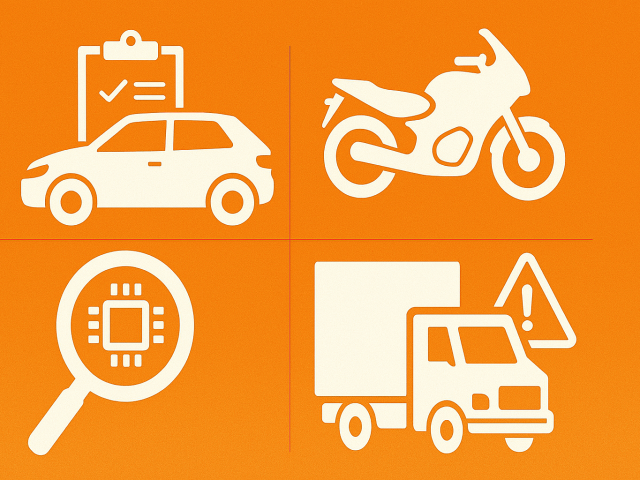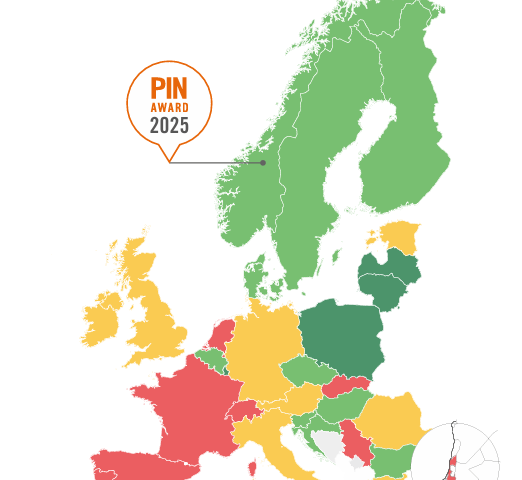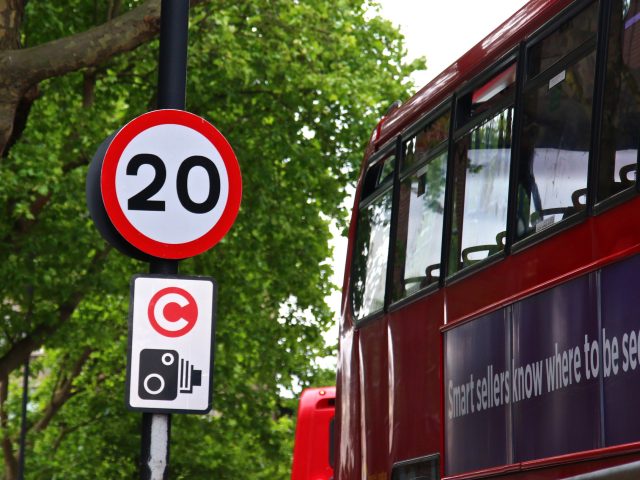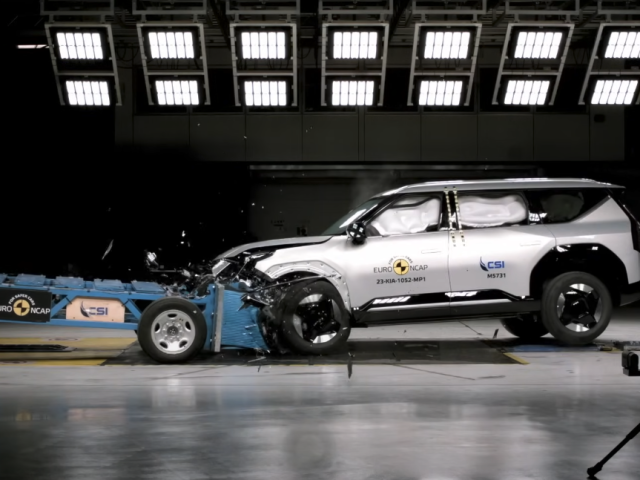Traffic Law Enforcement Across the EU
Tackling the three main killers on Europe’s roads
The core of this publication is the benchmarking of countries’ performance in the area of enforcement, but good practice examples from Member States are highlighted as well. In the area of driver behaviour, the following 3 “main killers” are covered:
- Speed
- Non-use of seat belts
- Drink driving.
Police forces also enforce offences that are not mentioned in this document such as use of mobile phones, drug, fatigue, non-use of helmets, working time, child seats etc, due mainly to missing data and analysis.
Road collisions are a major cause of premature death in European countries: 35,000 people lost their lives in 2009 in the EU and many more were seriously injured in a road collision. Deaths and injuries caused by road accidents result in significant social and economic costs and it has been estimated that, in EU countries, approximately 2 per cent of GDP is lost every year due to road traffic accidents.
Speeding, drink driving and failure to wear a seat belt are the three main risk factors on the road. There still is a huge safety potential in addressing these three longstanding areas of road safety. If average driving speeds were to drop by only 1 km/h on all roads across the EU, more than 2,200 road deaths could be prevented each year, 1,100 of them on urban roads, 1,000 on rural roads and 100 on motorways. Across the EU, an estimated 12,400 occupants of light vehicles survived serious crashes in 2009 because they wore a seat belt. Another 2,500 deaths could have been prevented if 99% of occupants had been wearing a seat belt, a rate that could be reached with seat belt reminders. If, as estimated by the European Commission (EC), 25% of road deaths occur in collisions in which a driver is over the alcohol limit, at least 7,500 deaths could have been prevented in 2009 if drivers concerned had not drunk before taking the wheel.
Download







